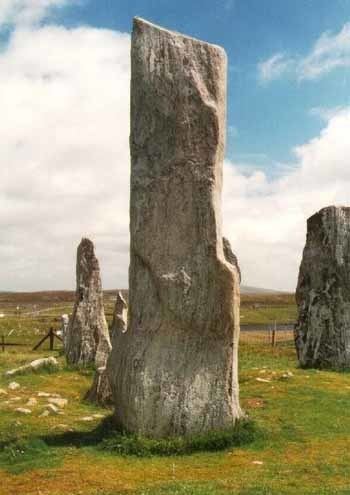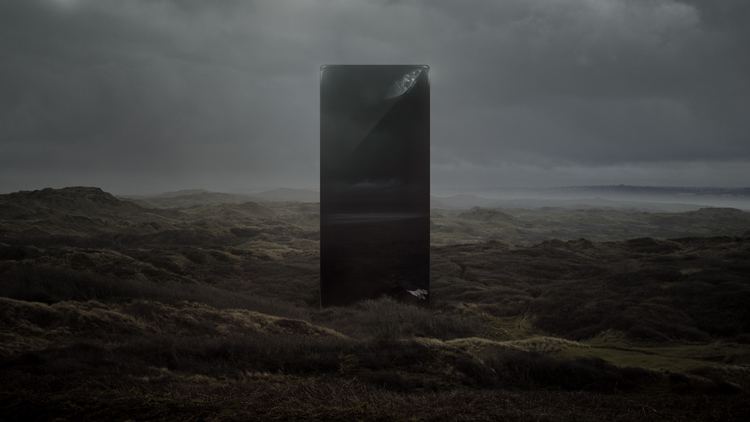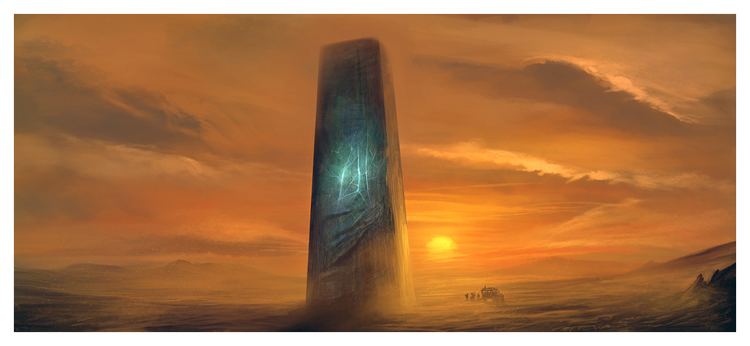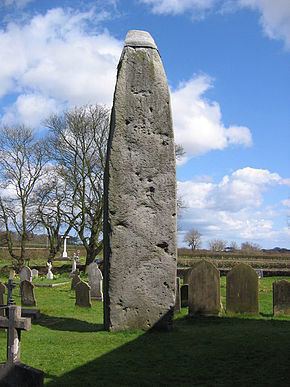 | ||
A monolith is a geological feature consisting of a single massive stone or rock, such as some mountains, or a single large piece of rock placed as, or within, a monument or building. Erosion usually exposes the geological formations, which are often made of very hard and solid igneous or metamorphic rock.
Contents
- Geological monoliths
- Africa
- Antarctica
- Asia
- Australia
- Europe
- United States
- Canada
- Mexico
- South America
- Extraterrestrial
- Monumental monoliths
- References

In architecture, the term has considerable overlap with megalith, which is normally used for prehistory, and may be used in the contexts of rock-cut architecture that remains attached to solid rock, as in monolithic church, or for exceptionally large stones such as obelisks, statues, monolithic columns or large architraves, that may have been moved a considerable distance after quarrying. It may also be used of large glacial erratics moved by natural forces.

The word derives, via the Latin monolithus, from the Ancient Greek word μονόλιθος (monolithos), from μόνος ("one" or "single") and λίθος ("stone").

Geological monoliths
Large, well-known monoliths include:
Africa
Antarctica
Asia

Australia

Europe
United States
Canada
Mexico
South America
Extraterrestrial
Monumental monoliths
A structure which has been excavated as a unit from a surrounding matrix or outcropping of rock.
